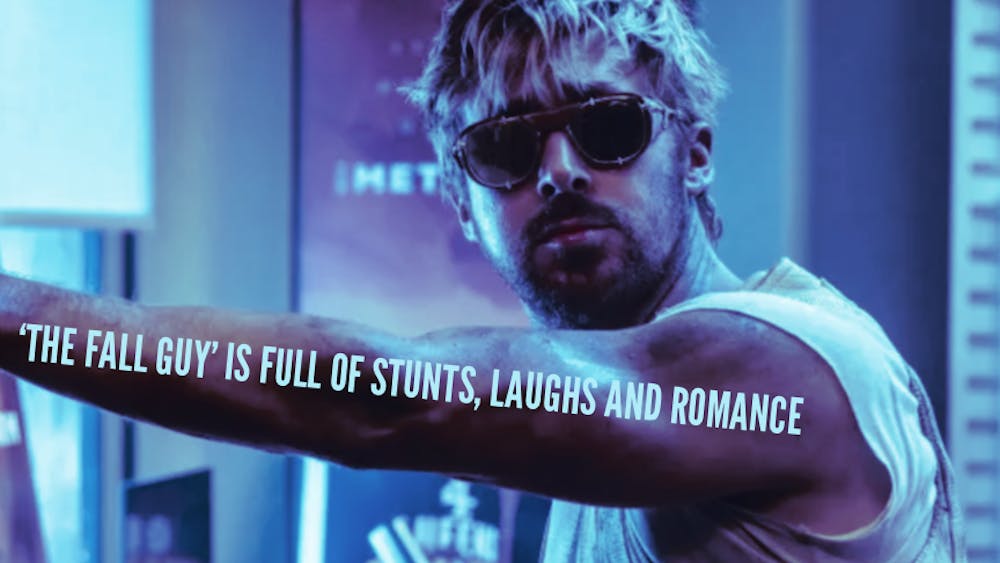
Netflix has gripped audiences all across America with its riveting 10-part documentary series “Making a Murderer.” This true account, filmed over the course of 10 years, tells the story of Steven Avery, a poor Wisconsin native who was exonerated on DNA evidence after spending almost two decades behind bars for a crime he did not commit. He brought a $36 million suit against Manitowoc County, Wisconsin, and its law enforcement for taking away nearly a quarter of his life. Only days after his first deposition however, Avery was arrested again, this time for the murder of 25-year-old photographer Teresa Halbach, who was last seen on the Avery property. Just as Steven Avery seemingly starts down the road to getting his life back together, the questions of guilt, innocence, justice and corruption resurface throughout this documentary series.
The first episode of the series focuses on Avery’s conviction in 1985 and how the Manitowoc County police, despite conflicting evidence and suspects, appeared to be solely concerned with convicting Avery. When the series picks up in 2003, after proof that Avery was not the culprit comes to light, we are left with a clear-cut ending. A simple, quiet man convicted of a violent crime was conclusively proven innocent and sent home after 18 years — a happy ending to a sorry tale. But the show only begins there.
In 2005, when Avery is charged yet again, we can’t help but rethink his presumed innocence. The evidence against Avery in the murder of Teresa Halbach seems astounding: Avery’s blood is found in Halbach’s car, Avery was the last person to see Halbach alive, Halbach’s car and remains were found in the Avery auto-salvage yard and Halbach’s keys were found in the living room in Avery’s house. If this does not seem reprehensible enough, Avery’s own nephew, 16-year-old Brendan Dassey, even confesses to law enforcement that he witnessed the crime and helped dispose the body.
Although this seemed like a open and shut trial, series creators Laura Ricciardi and Moira Demos reveal how the investigation was rife with several unethical actions performed by the officials surrounding Avery’s case from lawyers, police officers and even lab technicians. The evidence presented is no longer clear. The series leaves us feeling indignant, questioning whether or not one man likely endured not one, but two of the most egregious injustices imaginable.
Similar to stories like NPR’s “Serial” or HBO’s “The Jinx,” “Making a Murderer” is a jarring and addictive crime drama. It is a beautiful but tragic depiction of the powerful versus the powerless within the American criminal justice system. The series reveals much more than just the standard retelling of a man’s crime — it reflects on something not-so-obviously true about human nature and the human experience. Through media footage and police manipulation, the filmmakers’ argument is convincingly made; Ricciardi and Demos, in a way, set up a shocking reminder of how the justice system can exploit the poor and marginalized.
Critics of “Making a Murderer,” like the New Yorker, have attacked the series for its bias and described its lack of perspective as “… a one-off — a preposterous crusade by a grudge-bearing county sheriff’s department to discredit and imprison a nemesis.” The New Yorker also argued that the series leaves no room for differing angles and we are only left with the notion that Avery is a good guy and the Manitowoc County police department are the bad guys. In other words, the show seeks to vindicate the wronged individual rather than “fixing the system that wronged them.”
Despite the overwhelming bias in favor of the defendant, “Making a Murderer” surpasses the standard through its particularly chilling depiction of a man wronged again and again by our criminal justice system. We are witnessing a great injustice unfold before our eyes. This hauntingly appealing documentary series gets stuck in your head and possesses the “binge-worthy” hallmark quality of all great Netflix programming.













